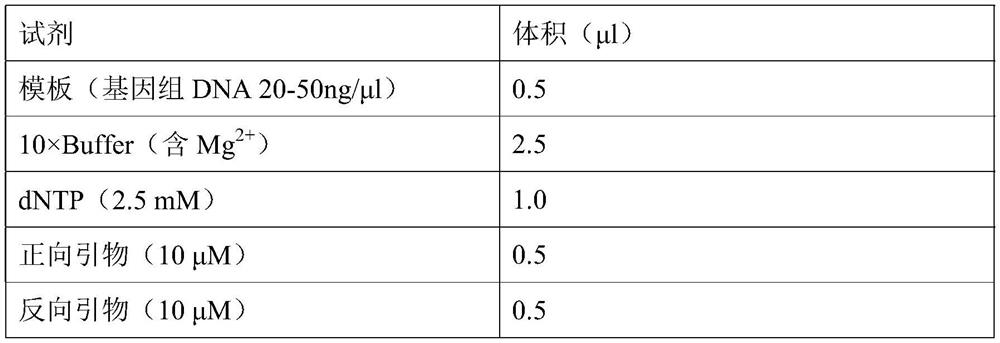Novosphingobium and application thereof in wastewater phosphorus removal
A new sphingosine bacteria and strain technology, applied in the field of environmental microorganisms, can solve the problems of poor natural environment tolerance, complex technology, easy activity decline, etc., and achieve a wide temperature adaptation range, good phosphorus removal effect, and large application potential. Effect
- Summary
- Abstract
- Description
- Claims
- Application Information
AI Technical Summary
Problems solved by technology
Method used
Image
Examples
Embodiment 1
[0030] Example 1 Isolation and Identification of Novosphingobium sp. SJB007
[0031] 1. Isolation and screening of strains
[0032]The sample is activated sludge taken from the domestic sewage of Wenzhou University campus in Wenzhou City, Zhejiang Province. A certain amount of activated sludge was added to a 250mL Erlenmeyer flask containing 100mL enrichment medium at 10% by conventional separation method. Cultivate with shaking at 160 rpm for one week. Then spread the appropriately diluted bacterial solution on the isolation medium, culture at 30°C for 48 hours, pick a single colony and transfer it to a new isolation medium for streaking and purification until it is a pure culture by microscopy. Store at 4°C after transfer.
[0033] The preserved strains were inoculated on the seed culture basis and cultured at 30° C. and 150 r / min (100 mL medium in a 250 mL Erlenmeyer flask) for 24 hours. then inoculated in
[0034] Add 180 μL polyphosphate granule staining medium and 20...
Embodiment 2
[0043] Example 2 New sphingosphingobium sp.SJB007 phosphorus removal characteristics
[0044] Take the preserved strain and inoculate it into a 250mL Erlenmeyer flask containing 100mL of seed medium, culture it at 30°C and 150r / min for 24h, centrifuge at 5000r / min for 10min, wash it twice with sterile water, and then prepare it with sterile water Bacterial suspension (OD600=0.5-0.6); then transferred to a 250mL Erlenmeyer flask containing 100mL polyphosphate medium according to the volume ratio of 2%, cultivated at a certain temperature and rotating speed for 24h, and then at 14000r / min Centrifuge for 10 minutes, collect the supernatant, and use the molybdenum-antimony anti-spectrophotometric method specified in GB 11893-1989 to determine the phosphorus concentration. The phosphorus removal rate was calculated using the following formula:
[0045]
[0046] The present invention mainly studies the effects of pH, temperature, shaking table speed and phosphorus concentration ...
Embodiment 3
[0059] Example 3 Effect of Novosphingobium sp.SJB007 on removing phosphorus from pig farm wastewater after anaerobic treatment
[0060] According to the method of Example 2, the new sphingosine bacteria Novosphingobium sp.SJB007 bacterial suspension was transferred to 200mL pig farm wastewater after anaerobic treatment according to the volume ratio of 2%, and cultivated at 25°C and 160r / min , and the raw wastewater without bacterial suspension cultured under the same conditions was used as a control. Cultivate for 24 hours, then centrifuge at 14000r / min for 10 minutes, collect the supernatant, and measure the phosphorus concentration. The phosphorus concentration of pig farm wastewater after anaerobic treatment was 3.12mg / L, and after being cultured and treated by Novosphingobium sp.SJB007, the phosphorus concentration in the wastewater was reduced to 1.57, and the removal rate was 49.68%. It was 2.91mg / L, and the decrease rate of phosphorus concentration was 6.73%. The stra...
PUM
 Login to View More
Login to View More Abstract
Description
Claims
Application Information
 Login to View More
Login to View More - R&D Engineer
- R&D Manager
- IP Professional
- Industry Leading Data Capabilities
- Powerful AI technology
- Patent DNA Extraction
Browse by: Latest US Patents, China's latest patents, Technical Efficacy Thesaurus, Application Domain, Technology Topic, Popular Technical Reports.
© 2024 PatSnap. All rights reserved.Legal|Privacy policy|Modern Slavery Act Transparency Statement|Sitemap|About US| Contact US: help@patsnap.com










